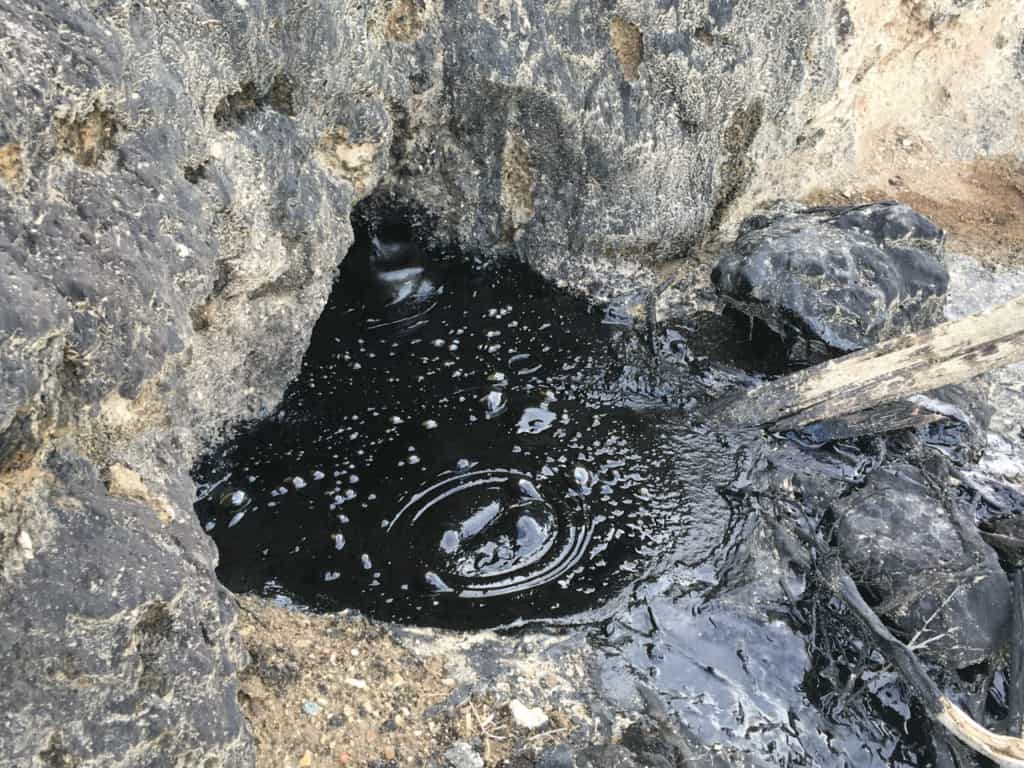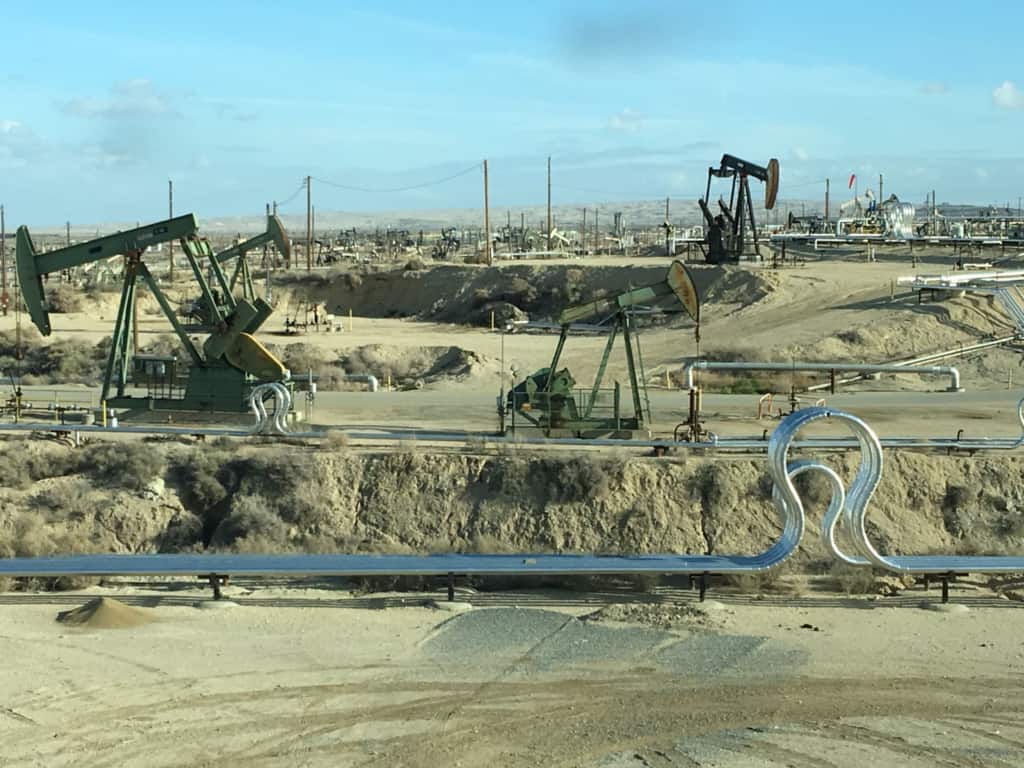Now that we know a little bit more about petroleum systems and what geology needs to be beneath the ground to ensure we are drilling a successful well, let’s get into the steps we need to take to predict and mitigate any undesired fluid migration associated with well operations. We’ve discussed one category of fluids: hydrocarbons. But what about other fluids in the formation… Where do they come from?
Ancient Waters
When sediment is buried it is filled with water. Typically the sediment is filled with sea water. So if a sea were covering parts of Texas 100 million years ago, those sediments would be filled with ancient sea water from that time. As these ancient waters are buried with the rock layers, pressure becomes an important component of the geology in the subsurface. If the water has been free to escape the pore space as the sediment is buried deep in the earth, the formation pressure remains that which is created by the ancient sea water density. In areas where fresh water has filled the pores the pressure is created by the density of fresh water. So, normal pressured layers are layers in which the water that was buried with the sediment can find a pathway out as the layers are compacted.
If the ancient sea water becomes trapped beneath a mud or shale seal and cannot escape, the pore pressure goes up. This is called geo-pressure or over-pressure and can reach values of almost 1 psi/ft which is the pressure gradient of the earth. Over-pressured regions are, of course, one thing that makes drilling and well control hazardous. The detection of over-pressured regions can be done using a variety of techniques before drilling as part of the geological study of the area.
Integrating the Geology
By integrating the known geology into the design and construction of the well, we can help contain produced (for example, hydrocarbons) or injected (for example, water to maintain pressure) fluids within their intended wellbores or geologic subsurface zones in oil and gas fields. This process is known as “subsurface integrity.” Maintaining the wellbore integrity and securing subsurface geologic elements can potentially minimize drilling and operational risk. For example, while it’s important to make sure that the well is constructed safely to ensure hydrocarbons do not escape to the surface or leak into subsurface groundwater, it’s equally important to make sure that well operations do not alter the stress state in rock layers and allow dangerous fluids to escape at the surface through avenues other than the wellbore (for example, cracks or fissures).
Caprock/Seal
Subsurface integrity involves the process of evaluating elements of the petroleum system to predict and mitigate risks when drilling a well. It is important to understand all aspects of the petroleum system, and not just the reservoir interval where the well will access the stored oil and gas. One of the most important elements to analyze is the caprock or seal as it is the main geologic line of defense for undesirable migration of fluids. When assessing the risk associated with subsurface integrity, it’s important to assess the caprock/seal integrity. For example, are there faults or fractures within the caprock?
Overburden Characterization
Another important line of defense is the stack of layers of rock overlying the reservoir (including the caprock or seal). These layers are called the overburden. Characterization of these overburden rocks involves an understanding of the spatial variations of the geology within these rocks. For example, how does permeability vary within the overburden? A thorough characterization of the overburden contributes to understanding any potential avenues for fluids to escape, and thus, subsurface integrity.


A natural seep of oil at the surface in the San Joaquin Valley of California (top photo). Here, oil flows from the host rocks at depth, passing through the overburden to the ground surface by process of buoyancy and migration through natural pathways (permeability in rocks, natural faults, etc.). These natural seeps are not a result of oil and gas production. However, seeps like these are evidence of what lies beneath the surface in the rocks below. And these are the oils that are being targeted by wells like those shown in a nearby field (bottom photo).
Other Studies
Other studies that may contribute to maintaining subsurface integrity include analyzing the stress state of faults that could be possible avenues of fluids to the surface, gaining a better understanding of any injection zones, considering the risks associated with the possibility of seismicity induced by operations, and modeling the changes of pressure within the subsurface during operations. Recurring monitoring and surveillance is also important before, during, and following the process of drilling a well.
Career Spotlight: Brooke Franklin

Academic Background
- B.S. Petroleum Engineering, The University of Texas at Austin, 2023
Brooke Franklin is a recent graduate from the Hildebrand Department of Petroleum and Geosystems Engineering. She is currently a full-time production engineer at bpx energy, a subsidiary company of British Petroleum, where she “aims to make the work done in the field easier to complete for the crew and those overseeing operations”.
Brooke served as the president of Women in Petroleum & Geosystems Engineering during her junior year and was also active in Society of Petroleum Engineers and American Association of Drilling Engineers. Brooke always knew she would be an engineer because, from an early age, she loved efficiency and optimization. The energy industry fascinates her, as it is dynamic, cutting-edge, and constantly striving to make our world better. It is also the cornerstone of many facets of life, and one of the main reasons Brooke chose to be a petroleum engineer – she wanted to be right in the middle of it!
Image Credits
- olson image 1: Hilary Olson
- Olson Image 2: Hilary Olson